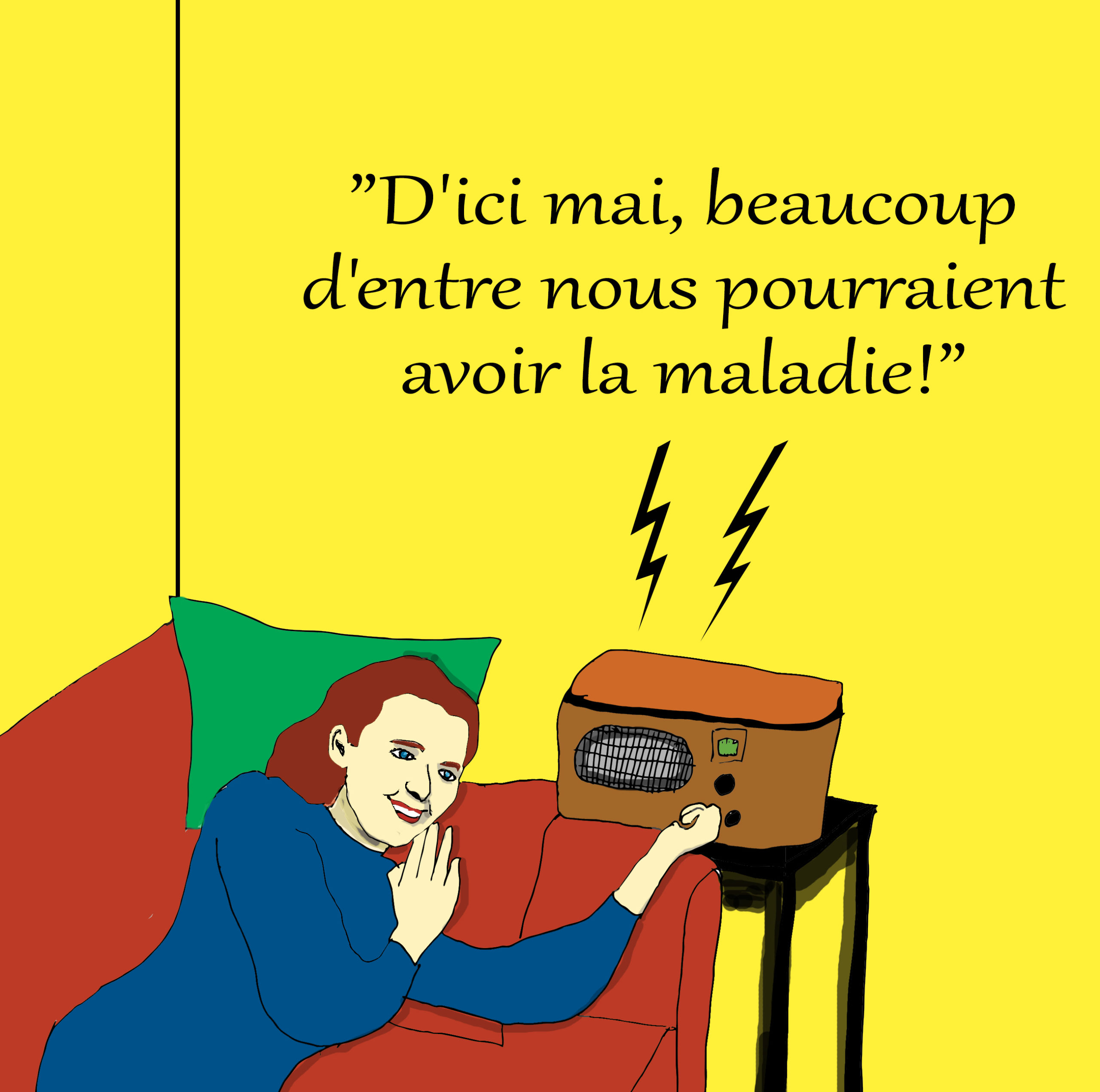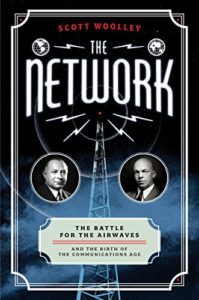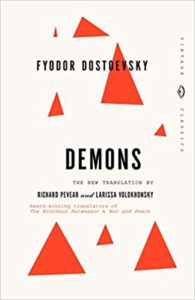Note: Over the next few weeks, The SuperOptimist will be providing a series of experiments one can conduct on themselves at home. They are designed for the curious, the seekers of experience, and those who wish to pass the time in novel and thought-provoking ways.
While biding your time in your own personal quarantine, the walls can feel like they’re closing in.
But maybe it’s not the walls — it’s the color.
Color can play a big role in your mood. So when SuperOptimists get a bit squirrelly, we stare at the color blue. It’s a scientific fact that blue makes you feel safe and relaxed, and no wonder. It actually causes the body to create chemicals that are calming. When you marvel at the ocean, it’s not just the waves that mesmerize. Same with the sky.
Which color blue appeals to you? Here’s a few shades to consider:

Blue does such a good job in calming the mind, that after blue lights were installed at Japanese transit stations, there was an 84% decrease in the number of people jumping in front of trains. There was a similar decline in the number of violent crimes when streetlights were converted to blue in Scotland.
So if you’re getting a little edgy wondering whether you’ll be sequestered until 2021, a simple change of light bulbs in a room can transform your crib into a virtual sea of calm.

Then again, pink may be an even better choice. After all, as we are now in our self-imposed prisons, we might take our cue from actual prison wardens who paint holding cells pink. They were inspired by studies conducted by research scientist Alexander Schauss, who created “Baker-Miller Pink” and showed it to reduce criminals’ hostile behavior, although later tests proved inconclusive. The color is also referred to as “Drunk Tank Pink” and inspired an interesting book on how our environments shape our thinking.

In 2017, model Kendall Jenner painted her living room Baker-Miller Pink – and raved about how it made her feel calmer and act as a diet aid.
 “Baker-Miller Pink is the only color scientifically proven to calm you AND suppress your appetite. I was like, “I NEED this color in my house!” I then found someone to paint the room and now I’m loving it!”. Want to walk a mile in Kendall’s puffy slippers? Here’s a bucket for you.
“Baker-Miller Pink is the only color scientifically proven to calm you AND suppress your appetite. I was like, “I NEED this color in my house!” I then found someone to paint the room and now I’m loving it!”. Want to walk a mile in Kendall’s puffy slippers? Here’s a bucket for you.

*It is important to note that one person’s blue might be another person’s chartreuse. Colors can be subjective, depending on the viewers’ past experiences or cultural differences. So we advise you to experiment with color to find the shade that puts you in the desired state of mind.
**It wasn’t that long ago when little girls were dressed in blue and boys in pink. But this reversed during the middle of last century. While the shift was apparently the result of clothing designers’ tastes, some attribute it to Nazi Germany forcing gay men to wear a pink badge when grouping them as undesirables, thereby tainting the color as “non-masculine” going forward.

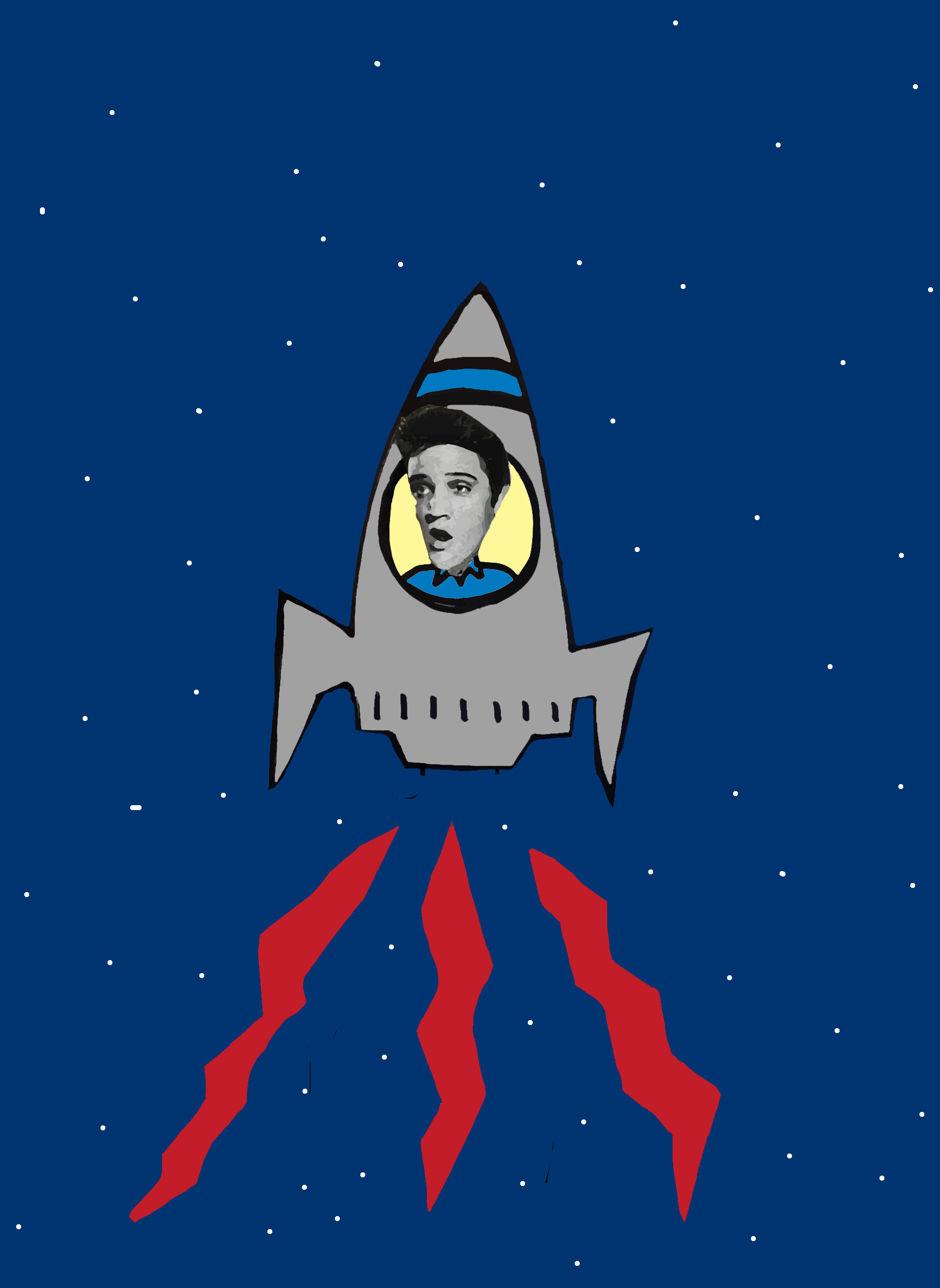

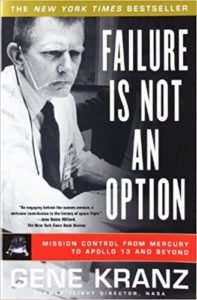



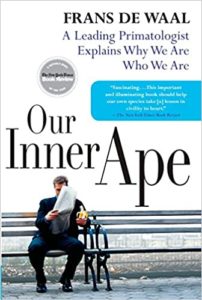


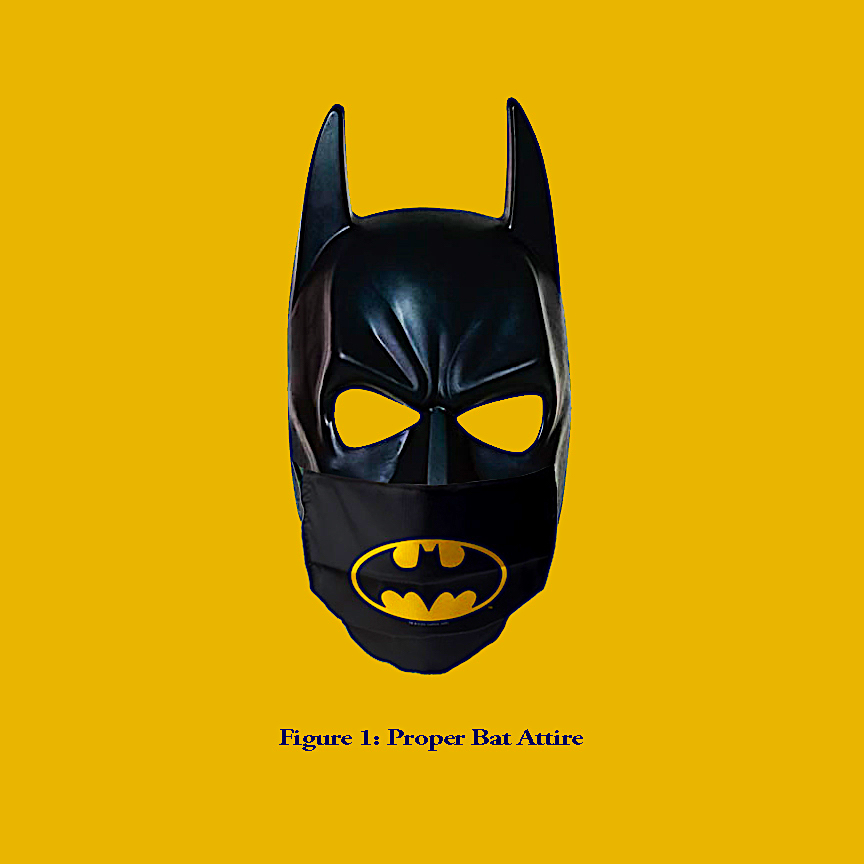
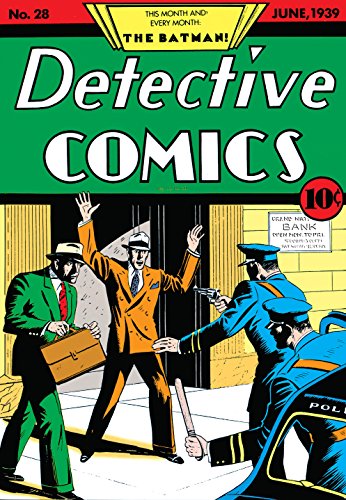



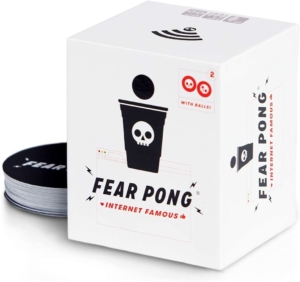
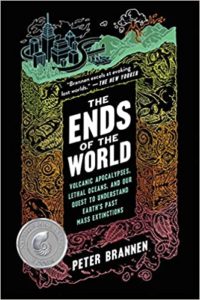


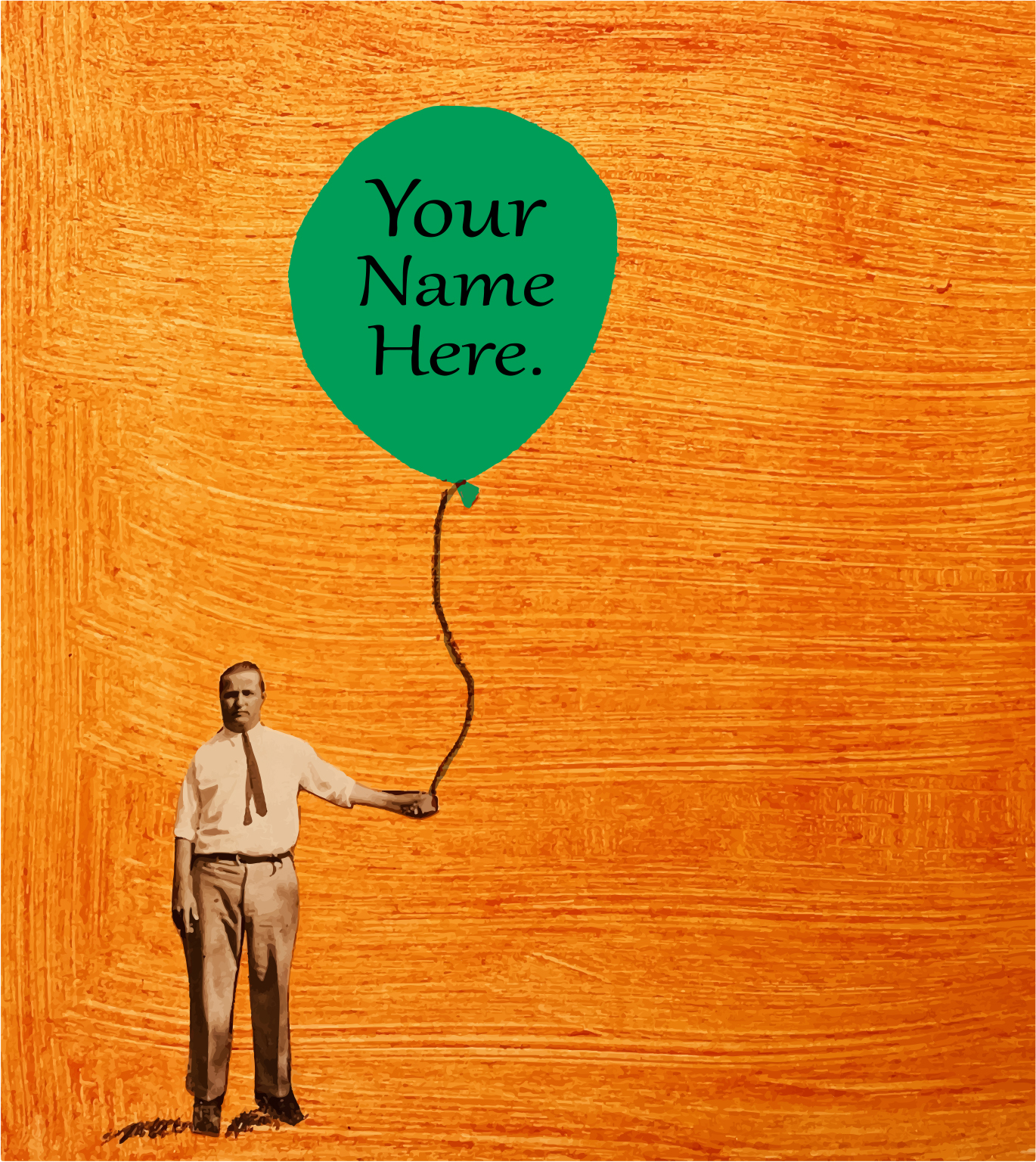
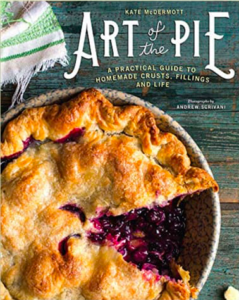






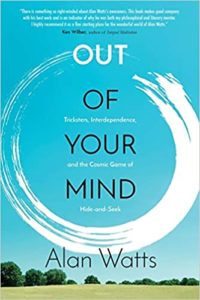
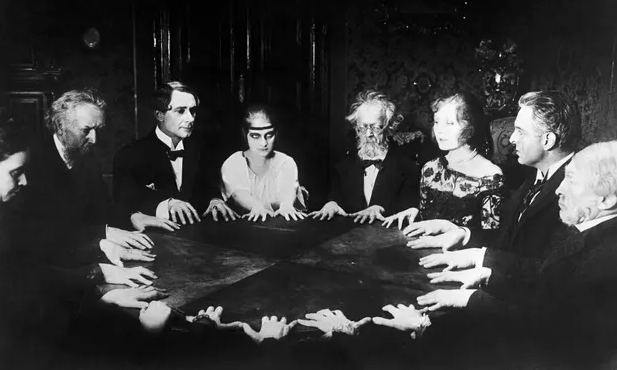
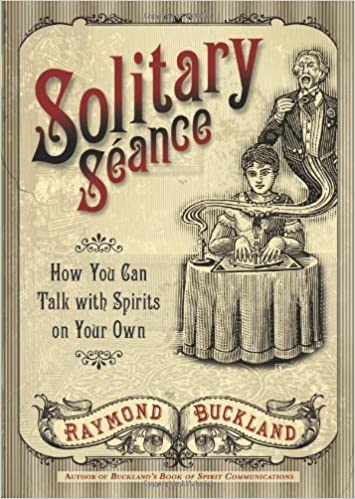

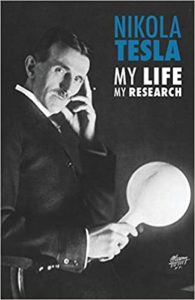

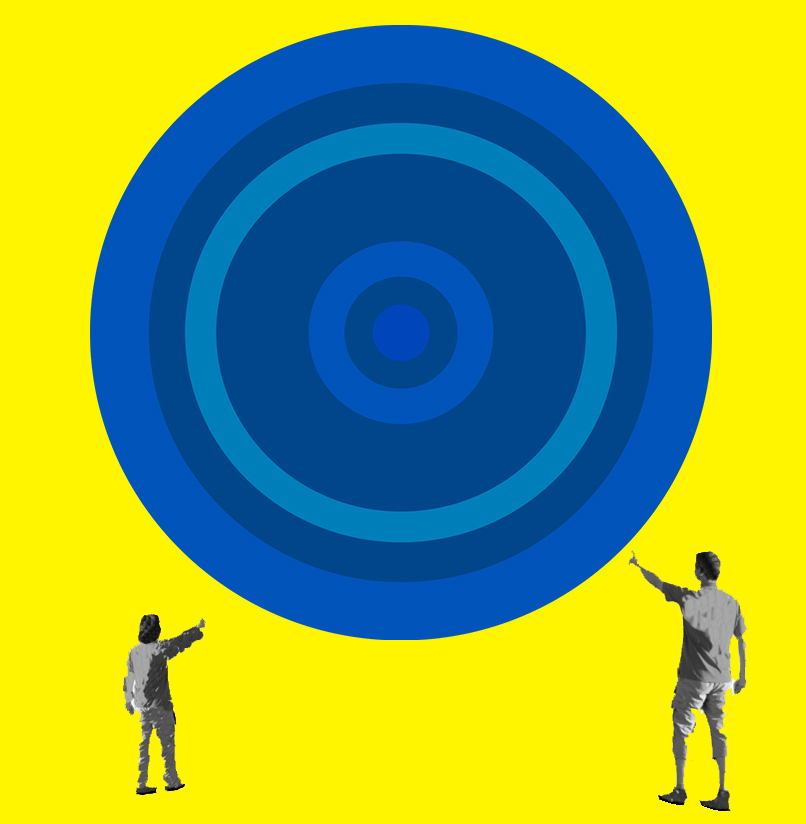



 “Baker-Miller Pink is the only color scientifically proven to calm you AND suppress your appetite. I was like, “I NEED this color in my house!” I then found someone to paint the room and now I’m loving it!”. Want to walk a mile in Kendall’s puffy slippers?
“Baker-Miller Pink is the only color scientifically proven to calm you AND suppress your appetite. I was like, “I NEED this color in my house!” I then found someone to paint the room and now I’m loving it!”. Want to walk a mile in Kendall’s puffy slippers? 
